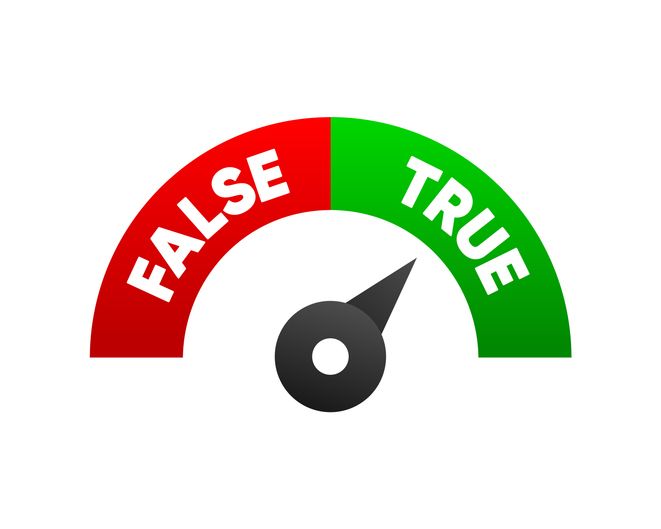Sometimes, the best way to argue with one's opponents is to let them speak for themselves. Below are quotes pulled from the latest report on Lower Snake River dams removal:
Pull quotes
(from Governor and Senator Murray’s recent dam breaching report)
- "The increased road traffic if not mitigated after dam removal is predicted to result in increased road accidents and fatalities, as well as increased road infrastructure repair and maintenance costs."
- "...breaching the LSRD would impact irrigated agriculture by cutting off access to groundwater wells and river pumps that currently draw water from the surface of pools behind the dams."
- "... the costs to replace irrigation infrastructure in the event of breaching would be borne by the landowners and farm businesses in the local economy, unless a relief package were put together to support the transition."
- "This energy from the LSRD is carbon-free ... The LSRD have the ability to change their energy output quickly to help meet regional demands and to provide peak energy production during high-load times for multiple hours and even days."
- "During cold snaps or emergency situations when energy production from other forms of generation may be negligible or unavailable, the LSRD could theoretically produce their entire nameplate capacity of 3,033 MW of energy, representing about 14% of BPA’s total peaking capacity."
- "The LSRD operate within the broader Columbia River hydroelectric system, which produces carbon-free hydropower and allows the region to have some of the least carbon emitting electricity generation in the country."
- "The ability of the LSRD to quickly ramp up and down energy production assists in the integration of intermittent resources like wind and solar, which are reliant on environmental factors that can be more variable in production of energy depending on the time of day and weather conditions."
- "The location of the LSRD also is important for maintaining overall grid resiliency in the Pacific Northwest by adjusting the sources of generation in response to fluctuations in energy demand. The LSRD provide additional grid resiliency services like flexible capacity, frequency response and regulation, and voltage control."
- "The Columbia Basin hydroelectric system, which includes the LSRD, contribute to some of the lowest power rates for customers in the Pacific Northwest, compared to other rate payers in the United States."






